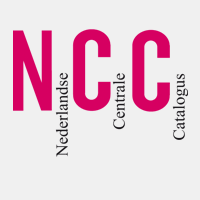
Albertus or Albert Seba was a Dutch pharmacist, zoologist, and collector. Seba accumulated one of the largest cabinets of curiosities in the Netherlands during his time. He sold one of his cabinets in 1717 to Peter the Great of Russia. His later collections were auctioned after his death. He published descriptions of his collections in a lavishly illustrated 4 volume Thesaurus. His early work on taxonomy and natural history influenced Linnaeus.

Leiden University Libraries is a library founded in 1575 in Leiden, Netherlands. It is regarded as a significant place in the development of European culture: it is a part of a small number of cultural centres that gave direction to the development and spread of knowledge during the Enlightenment. This was due particularly to the simultaneous presence of a unique collection of exceptional sources and scholars. Holdings include approximately 5,200,000 volumes, 1,000,000 e-books, 70,000 e-journals, 2,000 current paper journals, 60,000 Oriental and Western manuscripts, 500,000 letters, 100,000 maps, 100,000 prints, 12,000 drawings and 300,000 photographs. The library manages the largest collections worldwide on Indonesia and the Caribbean. Furthermore, Leiden University Libraries is the only heritage organization in The Netherlands with three registrations of documents in UNESCO's Memory of the World Register.

The Royal Library of the Netherlands is the national library of the Netherlands, based in The Hague, founded in 1798. The KB collects everything that is published in and concerning the Netherlands, from medieval literature to today's publications. About 7 million publications are stored in the stockrooms, including books, newspapers, magazines and maps. The KB also offers many digital services, such as the national online Library, Delpher and The Memory. Since 2015, the KB has played a coordinating role for the network of the public library. The KB's collection of websites as hosted by the former Dutch internet provider XS4ALL is on the Unesco documentary world heritage memory of the world. It is the first web collection in the world that has been granted this status.

OCLC PICA was a library automation systems and services company which originated from a co-operation of the Pica Foundation of the Netherlands and the non-profit library company OCLC Online Computer Library Center (OCLC) of the U.S. In 2007, OCLC acquired the shares of OCLC PICA it did not already hold to become the sole owner of OCLC PICA. By the end of 2007, OCLC PICA lost its separate identity and was integrated with OCLC under the OCLC brand.

George Wilhelm Kettmann or George Kettmann Jr. was a Dutch poet, writer, journalist and publisher who promoted Nazism in the Netherlands. With his wife, he founded the best known Dutch Nazi publishing house, De Amsterdamsche Keurkamer. Until 1941 he was editor in chief of Volk en Vaderland, the weekly journal of the National Socialist Movement in the Netherlands (NSB), the movement of Anton Mussert.

The Nationaal Archief (NA) is the national archives of the Netherlands, located in The Hague. It houses collections for the central government, the province of South Holland, and the former County of Holland. There is also material from private institutions and individuals with an association to the Dutch government or the political or social history of the Netherlands. The Nationaal Archief holds the Archives of the Dutch East India Company from 1602–1811, which were, along with related records held by South Africa, India, Sri Lanka and Indonesia, inscribed on UNESCO's Memory of the World Programme Register in 2003 in recognition of their historical value. Recently, the photographic archives of Spaarnestad Photo were included in the Nationaal Archief. It has been announced that Wikipedia will receive user rights over many photos from these archives.

Joanna Koerten, was a Dutch artist who excelled in painting, drawing, embroidery, glass etching, and wax modeling. She achieved fame as a silhouette cutter, the art of creating outline images from pieces of cut paper mounted on a contrasting background. She produced landscapes, seascapes, flowers, portraits, and religious scenes in this medium. Her clients included Peter the Great of Russia, Frederick Elector of Brandenburg, Johan de Witt and William III of England.
William Bull II was a landowner who was for many years (1759–1775) the lieutenant governor of the province of South Carolina and served as acting governor on five occasions. A Loyalist, he left the colony in 1782 when British troops were evacuated at the end of the American Revolutionary War, and he died in London.
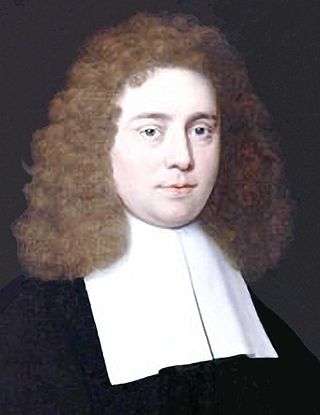
Johannes Munnicks or Jean Munniks, Munnix, Munnicx, Munnigk, Munick, Jan Munnickius was a Dutch Golden Age medical doctor and writer from the Northern Netherlands.
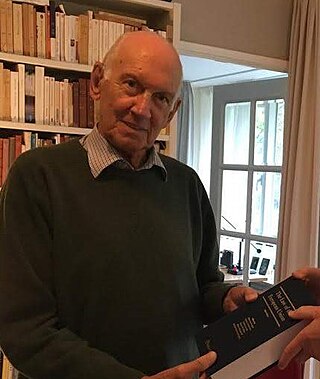
Paul Joan George (Jos) Kapteyn is a Dutch judge. He has been a member of the Council of State of the Netherlands and has been a judge at the European Court of Justice.
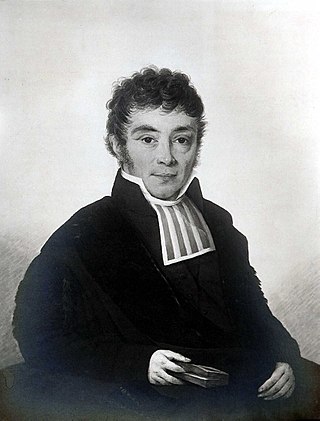
Theodoor Gerard van Lidth de Jeude was a Dutch physician, veterinarian, and zoologist and was the first director of the newly established Rijks Veterinary College where Veterinary medicine was first taught in the Netherlands in late 1821. His primary contribution to science was the collecting of specimens.

Nederlandsche vogelen is a five volume Dutch natural history compendium, published in Amsterdam from 1770. It was published in installments and was finished in 1829. It was the first comprehensive avifauna of the Netherlands.
The following is a timeline of the history of the municipality of The Hague, Netherlands,
The following is a timeline of the history of the municipality of Nijmegen, Netherlands.
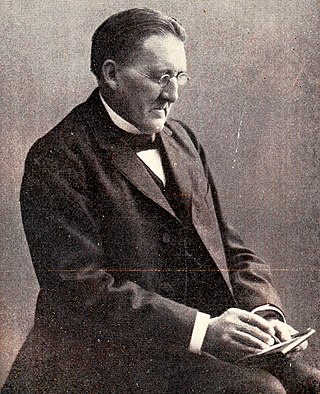
Jacob Cornelis van Slee (1841–1929) was a Dutch Reformed clergyman and scholar. He was the author of a study of the Windesheim Congregation, De kloostervereeniging van Windesheim, and between 1875 and 1900 contributed articles on theologians to the Allgemeine Deutsche Biographie.
Gerard Isaäc Lieftinck, known in print as G.I. Lieftinck, was a Dutch academic specialising in medieval European manuscripts.

As of 2018, Wolters Kluwer ranks as the Dutch biggest publisher of books in terms of revenue. Other notable Dutch houses include Brill and Elsevier.

Jhr. Johannes Cornelis de Jonge was a Dutch Rijksarchivaris, historian, and politician. He is best known for his encyclopedic Geschiedenis van het Nederlandsche Zeewezen, a naval history of the Netherlands that was based on the Dutch naval archives, a large part of which were destroyed in a fire in the archives of the Dutch Department of the Navy in 1844. By default therefore this history had to come in the place of the lost primary documents.

Theodor Willem Johannes Juynboll also: Theodorus Willem Johannes Juijnboll, Theodorus Guiliemus Johannes Juynboll was a Dutch Reformed theologian and oriental philologist.

Philipp Christiaan Molhuysen was a Dutch librarian, historian, biographer, and editor of a leading biographical dictionary, the Nieuw Nederlandsch Biografisch Woordenboek. He was librarian of the Peace Palace, and later of the Koninklijke Bibliotheek. In the latter capacity he was influential in organizing a national and international network of libraries and their interlibrary loan operations. He also stimulated the development of Dutch public libraries.
